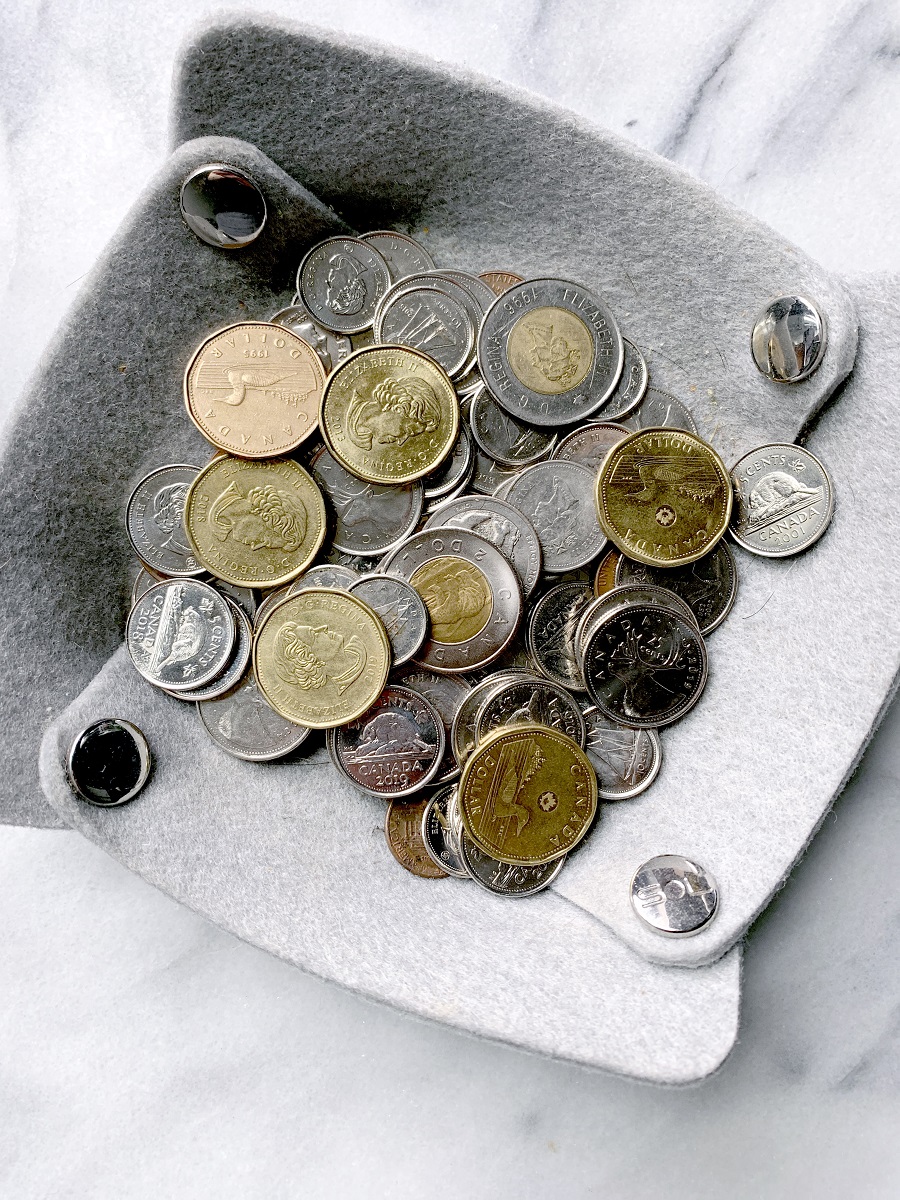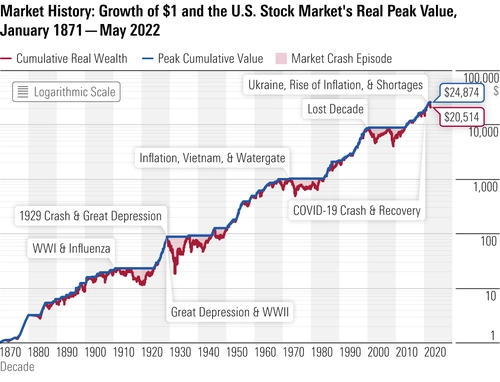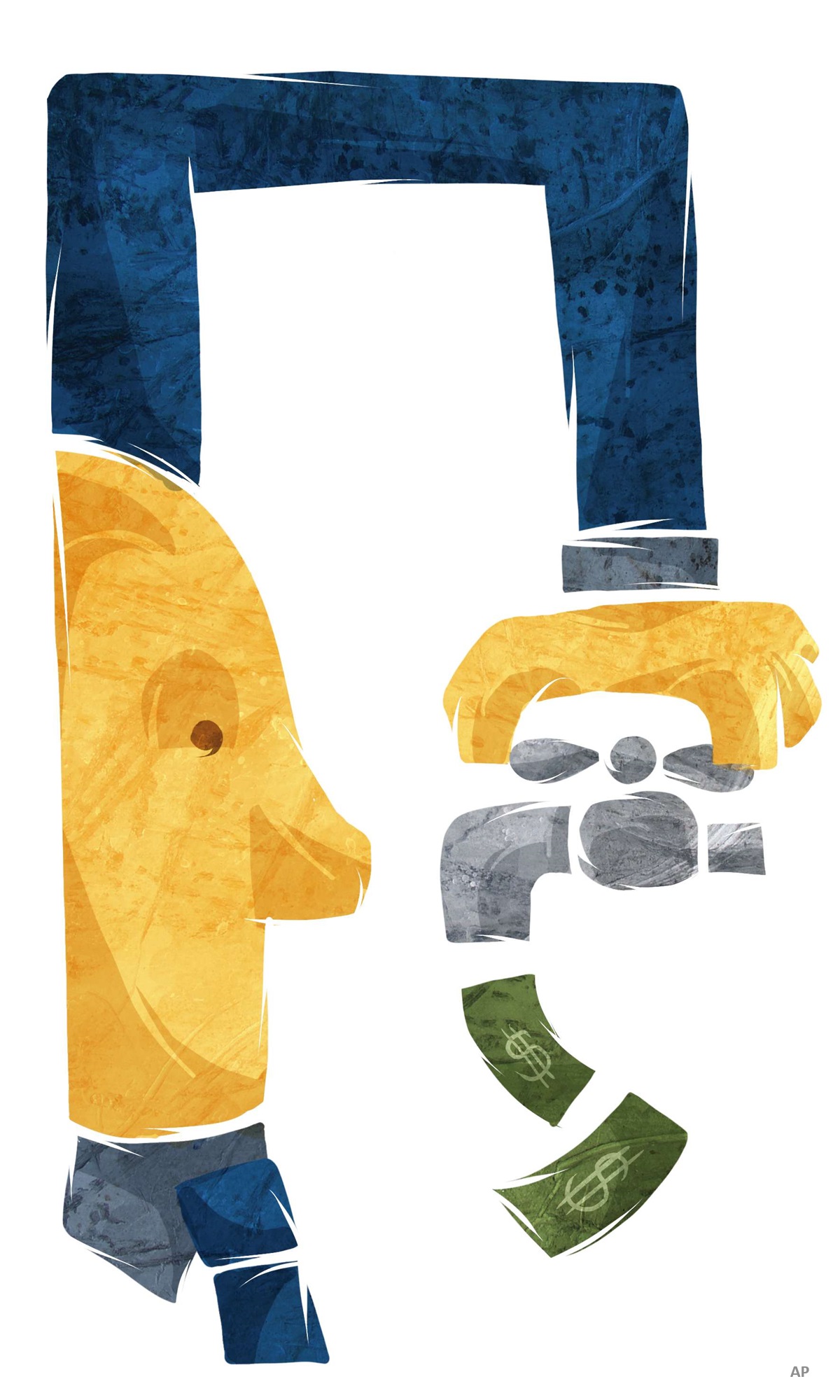
High-yield savings account (HYSA) exchange traded funds (ETFs) and money market funds have had a splendid run this year.
In July alone, money market ETFs, the category which includes HYSAs, has seen inflows of $875 million. That is nearly half of all inflows of $1.8 billion in fixed income ETFs, and almost as much as the $940 million which flowed into equity ETFs, according to National Bank of Canada Financial Markets (NBCFM). “The money market ETF category has exploded with product development, including nine new launches this year,” NBCFM reports.
“We think of cash ETFs as fixed income because that’s how investors view them, says Daniel Straus, Managing director, ETF Research at NBCFM. And we see investors filling up the whole fixed income portion of their portfolio with cash ETFs.”
“We’ve had an inverted yield curve for quite a while, and short-term notes are yielding more than long term ones, recalls Dan Hallett, Vice-president and Principal at HighView Financial Group. Because of that, I can see why people would use these cash instruments as substitutes for fixed income funds.”
Cash ETFs: Attractive Right Now, But Not a Long-Term Replacement for Fixed Income
Indeed, the present yields of HYSAs and money market ETFs hover around 5%, while the RBC iShares Canadian Corporate bond index ETF (XCB) offers a yield to maturity of 5.4%, reports Straus. “That’s only a few basis points of difference, with a duration of 5.8 years, he notes. The comparative advantage is hard to see.”
There is still an advantage to fixed income ETFs, but it is slight. For example, the Purpose Monthly Income ETF (PIN) offers a 5.96% yield. “Yields on cash ETFs are eye-catching, that’s why we increased ours in our portfolio distribution,” readily recognizes Chen Jiezhong, vice-president and senior quant analyst at Neuberger Berman, sub-advisor to the Purpose fund.
So, cash ETFs are very attractive. Yet, even if it is very tempting to fill up one’s portfolio with them, “they are not a good long-term replacement for fixed income funds, Hallett warns. But why?
Fixed Income Has Its Place in a Portfolio
“If we move into a recession or the economy slows and rates start falling, Hallett explains, these cash ETFs might hold their value, but high-quality bonds will gain in value. You will get capital gains because of duration exposure, certainly longer than 30 to 60 days. So, in ‘bad times’ you would get that bump in price, and you benefit from a safer position in a bear market.”
Lan Anh Tran, Manager, Research Analyst, at Morningstar shares the same view. “In the current environment, an investor who holds a Canadian aggregate bond ETF would stand to benefit from rate cuts. Long term bonds will benefit more than HYSAs or short-term bond ETFs.”
What Are the Risks of High-Yield Savings Accounts?
As Andres Rincon, Director and Head of ETF Sales & Strategy at TD Securities, pointed out, investors tend to view HYSAs as safe as “cash in the bank”.
But Tran reminds us that there are no free lunches. “The main risk is a counterparty risk linked to the banks in which money is deposited,” she points out. HYSAs spread their money between different savings accounts in different banks. That carries the risk a one of those banks defaulting and not making their depositors whole.
There’s also a liquidity risk, Tran adds. “You’re paying for liquidity transformation. Since the money in these bank accounts is locked up for 60 or 120 days, you might have to pay a premium to get out.” Result: the return won’t be as high as the advertised yield.
Also, in situations of financial stress, many investors “might try to cash out at once, Tran continues, so the price might go down and the ETF might not be worth what you think. At any point in time, outflows will not represent a big percentage of these funds, but in an urgency scenario, there could be a lot of pressure on prices.”
Tran also dispels any wrong expectation about HYSAs: there are no guarantees, as there would normally be with bank deposits by the CDIC (Canadian Deposit Insurance Corporation) or, in the U.S., the FDIC (Federal Deposit Insurance Corporation). The money deposited in the accounts comes from a fund manufacturer to the tune of millions or billions of dollars. There is little chance those sums will be covered by the CDIC. As for the investor, he doesn’t hold a deposit, but an ETF certificate that he has bought in the stock market.
What Are the Benefits of High-Yield Savings Accounts?
Of course, the performance of HYSAs is linked to prevailing interest rates. Any lowering of rates by central banks would cause the yield of HYSAs to come down. However, this would not happen overnight, Tran points out. Since the sums in the accounts are locked in for a period of time, for example three months, the yield is also locked in for the same period, ensuring a certain stability of performance. On the other hand, all the inflows and outflows of the ETF are pooled and the yield determined from these. Tran can’t say precisely how long the advertised yield can hold; “it depends on how the managers are managing the fund,” she notes.
There is a possibility that HYSAs could lose some of their brilliance, Tran explains. The Canadian bank regulator, OSFI (Office of the Superintendent of Financial Institutions), is taking a look at these ETFs and the liquidity requirements they imply. “The concern is that, unlike institutional investors that can hold money in HYSAs for longer periods, individual investors could multiply transactions, so that liquidity could be constrained, and banks required to hold higher reserves against these accounts. That would heighten costs for banks and prompt them to lower yields on the accounts.” The issue will not be resolved before this coming fall.
No one denies, Tran least of all, that HYSAs are valid and attractive instruments. But an investor should be aware that they are not risk-free and, more to the point, he should not neglect the central value of healthy long term fixed income holdings in his portfolio.







.jpg)
:quality(80)/cloudfront-us-east-1.images.arcpublishing.com/morningstar/VYKWT2BHIZFVLEWUKAUIBGNAH4.jpg)











